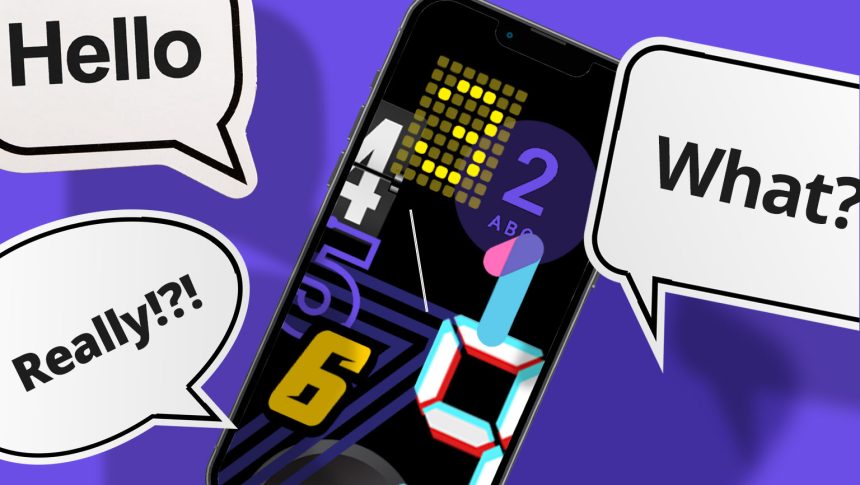Anyone who has worked with us or has used our products knows that we firmly believe that people should be at the center of all application development. From conception to production-ready products, our work is informed by a deep understanding of user needs, behaviors, and experiences.
That’s because we use an internationally recognized approach called Human-Centered Design (HCD). It’s an approach that brings in end-users as stakeholders, giving them ownership over the final product and helping us create functional, intuitive, and user-friendly solutions – even at the Minimal Viable Product (MVP) stage.
Human-centered design:
Here’s how we prioritize the human element at each of the five key stages of development.
Research
“Guessing” user needs isn’t enough – we need to truly determine what they are. As such, we begin with thorough research, immersing ourselves in end-users’ needs and perspectives. We explore lessons learned from previous products, gaining an understanding of what worked and what didn’t. We look at the most important tasks performed, how many people will use the product, and what security and storage needs are involved. Through this research, we determine the Minimum Viable Product (MVP) and establish a clear path toward success.
Define
This stage is about helping solve problems. Using input from our research, we construct detailed customer journeys and workflows. User stories are reviewed with developers, building familiarity with the user needs, documenting pain points, and gathering developer input for quality product development. Being clear about the specific needs of the MVP helps avoid scope creep – while also capturing the essential user and business case requirements.
Design
This “roadmap” stage is where the project starts to take shape. Using advanced prototyping tools, we design and test potential solutions. We create initial low-definition wireframes for feasibility review and refined high-definition mockups thatcommunicate an ideal “look and feel” that adheres to branding standards. Throughout, we prioritize accessibility (including 508 compliance) and incorporate end-userslanguage and cultural perspectives.
Prototype
Prototyping is all about confirming and testing concepts. It’s a pivotal phase when we validate solutions with both SMEs and the development team, collecting data and making adjustments as needed. Our mantra is “test early and often.” By iteratively refining prototypes before any coding begins – rather than after – we minimize technical debt and streamline production, providing efficiencies and potential cost savings.
Iterate & Integrate
As development progresses, we conduct regular end-user testing to evaluate complex features and validate workflows. Adjustments are promptly delivered to the development team for implementation – launch – and further testing, ensuring the evolving product meets end-user and business requirement needs.
This iterative approach continues throughout the development lifecycle, fostering continuous improvement and alignment with user expectations.
Be More Human. Experience the TechTrend Difference.
Experience the difference that Human-Centered Design can bring to your agency or organization. User-centered, business case aligned, and primed for continuous improvement, TechTrend’s approach empowers you to build tech solutions that actually work for the people who use them day in and day out. Step away from inefficient, counterintuitive user interfaces and products and step into a more human way of doing things. Get on trend with human-oriented solutions. Talk to TechTrend today.



